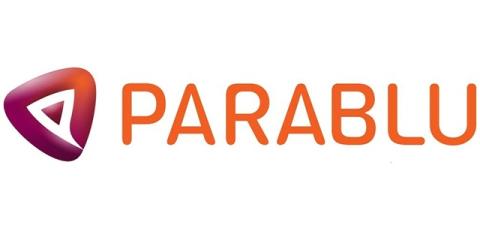How to Set Up and Run a Workable AI Council to Govern Trustworthy AI
As in many companies around the world, Bitsight leadership believes that adoption and innovation through the use of artificial intelligence (AI) capabilities is crucial to the future of our company. From the top down, our employees are continually on the hunt for ways to leverage AI to improve business outcomes and customer productivity.










